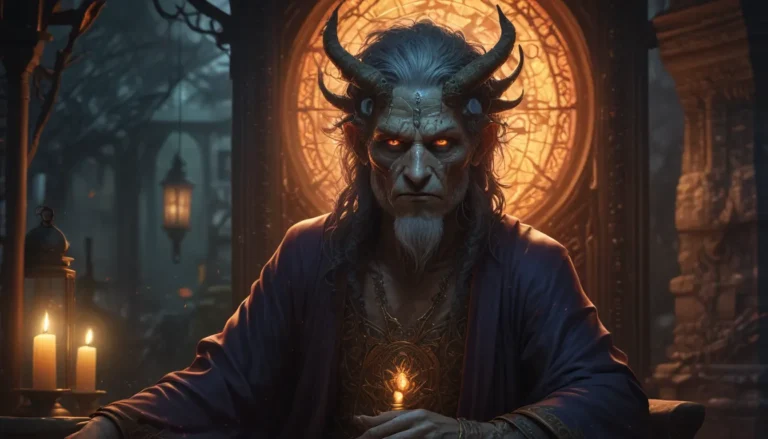The images in our articles may not match the content exactly. They are used to grab your attention, not to show the exact details in the text. The images complement the text but do not replace it.
Death penalty facts have a way of capturing our attention, sparking curiosity about the dark realities of crime and punishment. From ancient practices to modern executions, the history of capital punishment is filled with intriguing and often disturbing details. Let’s delve into the world of death penalty facts to uncover the truth behind this controversial form of justice.
Uncovering the Origins of Capital Punishment
The concept of the death penalty dates back to ancient civilizations, with the first known record of capital punishment dating back to the 18th century BC. Over the centuries, different societies have adopted varying forms of execution to punish serious crimes.
In the United States, the history of the death penalty is intertwined with the British invasion of North America. The rules of capital punishment in the US were influenced by the methods used in Britain, where strict punishments were imposed for offenses both major and minor.
The Global Landscape of Capital Punishment
Today, the death penalty is practiced in 56 countries around the world, with varying methods of execution and legal frameworks. Some of the top proponents of capital punishment include China, Iran, Saudi Arabia, and the United States.
The use of death penalty methods like lethal injection, hanging, and electric chair has evolved over time. Lethal injections, which are the most common method of execution, typically consist of a combination of drugs to ensure a swift and painless death.
Controversies and Challenges in the Application of Capital Punishment
The application of the death penalty has sparked intense debates around the world, with issues of racism, juvenile sentencing, and wrongful convictions coming to the forefront.
In the United States, racial discrimination has played a significant role in the sentencing of death penalties. Cases like that of George Stinney Jr., a 14-year-old African-American boy who was wrongly executed, highlight the deeply rooted biases in the justice system.
The US Supreme Court’s decision to outlaw the death penalty for juvenile offenders in 2005 marked a significant step towards addressing the issue of minors facing capital punishment. The debate continues to rage on, with experts raising questions about the ethical implications of executing individuals who may not fully understand the consequences of their actions.
The Human Face of the Death Penalty
While death penalty facts may seem like abstract concepts, they have real-life implications for individuals on death row. Inmates often spend years waiting for their executions, facing uncertainty and the fear of death looming over their heads.
The case of Iwao Hakamada, who spent 45 years on death row in Japan before being exonerated, highlights the long-lasting impact of wrongful convictions. His story serves as a stark reminder of the flaws in the justice system that can lead to innocent individuals facing the ultimate punishment.
A Glimpse into the Dark Side of Capital Punishment
Some of the most chilling death penalty facts involve the brutal methods of execution used in different cultures throughout history. From impalement to Lingchi (Death By A Thousand Cuts), these gruesome practices reflect the extreme nature of punishment in certain societies.
In China, the use of Death By A Thousand Cuts was a terrifying form of execution that inflicted slow and agonizing death on convicts. The brutal nature of these methods serves as a stark reminder of the inhumanity that can be inflicted in the name of justice.
Conclusion: Navigating the Complexities of Capital Punishment
As we explore the world of death penalty facts, we are confronted with the complexities and controversies surrounding capital punishment. From its ancient origins to modern-day executions, the history of the death penalty is a sobering reminder of the power and pitfalls of justice.
By examining the diverse facets of capital punishment, we can gain a deeper understanding of its impact on individuals, societies, and the course of history. As we continue to debate the ethics and efficacy of the death penalty, let us remember the human stories behind the statistics and strive for a more just and compassionate approach to justice.






